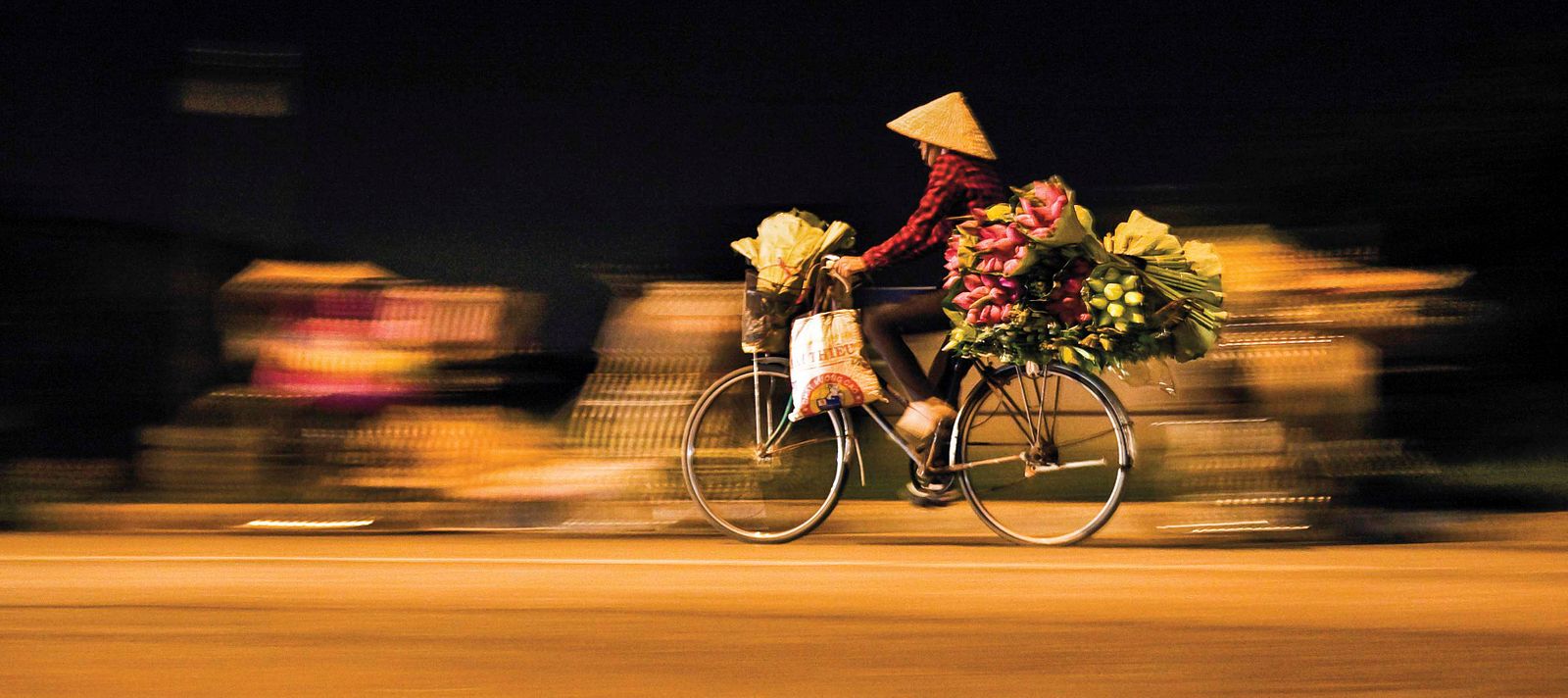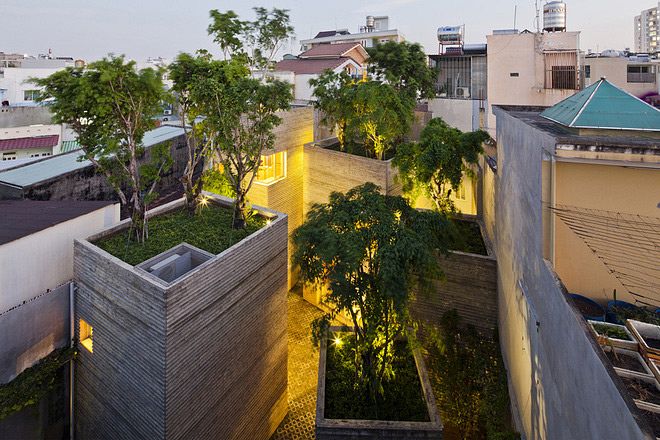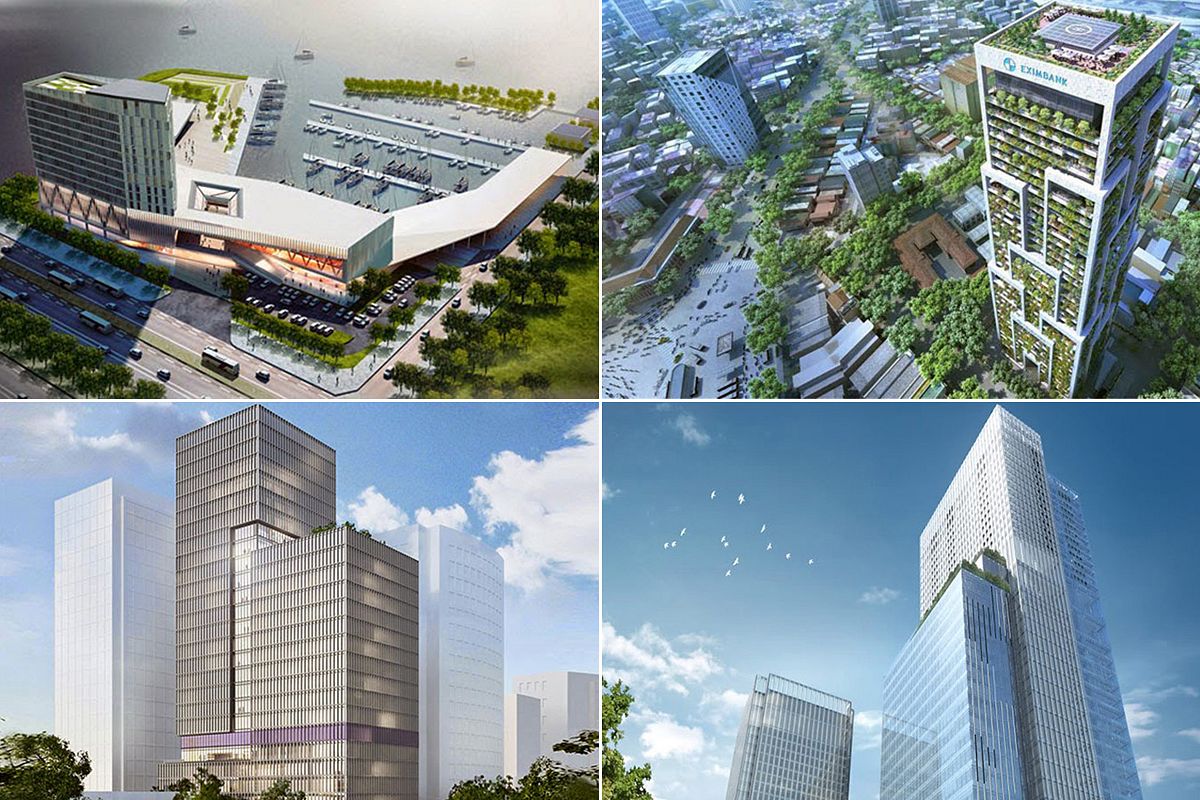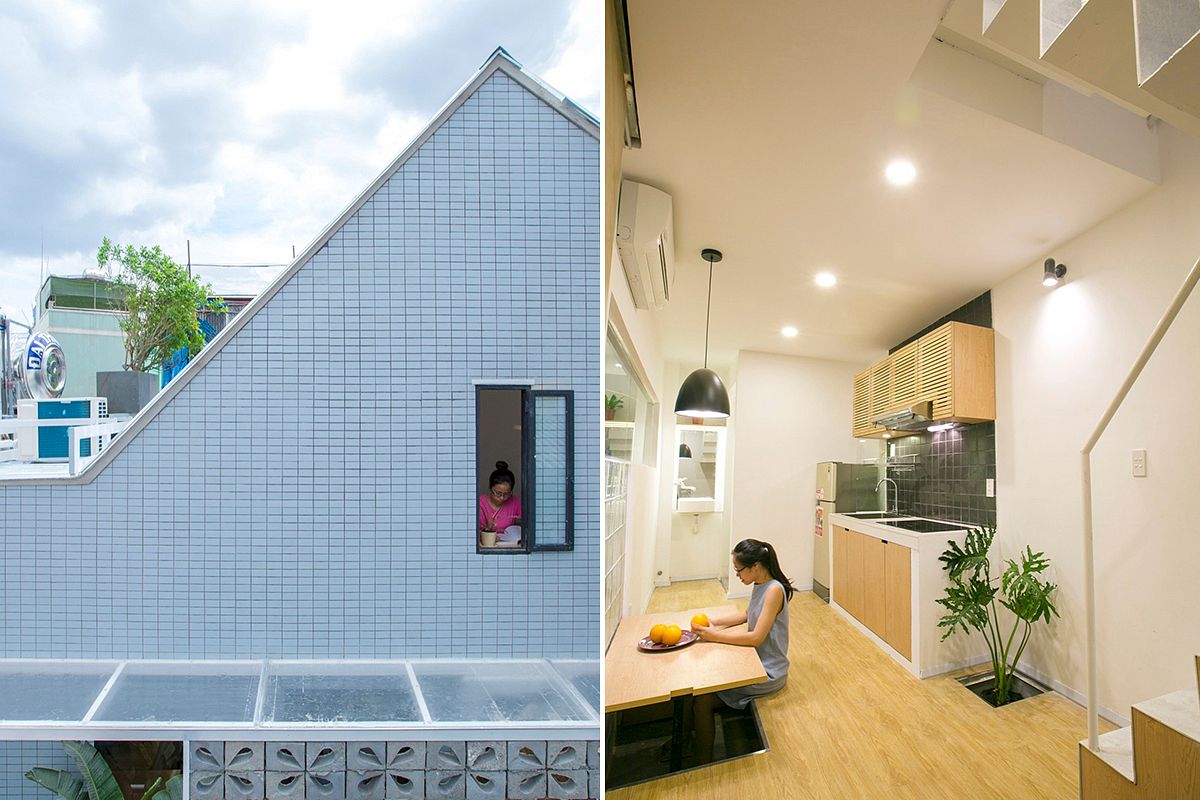Saigoneer is proud to be the media sponsor of the Hà Nội: CAPITAL City photo book. Over the course of the next few weeks, we’ll be giving you an overview of the book's fantastic photos and stories. Today, we’ll take a closer look at the fifth chapter: Urban Transportation.
Related Articles:
- Hà Nội: CAPITAL City - The Capital City From Above
- Hà Nội: CAPITAL City - Change Over Time - Part 1
- Hà Nội: CAPITAL City - Change Over Time - Part 2
Despite the versatility of its different districts, it is the traffic in Hanoi that remains one of its most remarkable elements. Motorbikes everywhere you look: from the narrow streets in the Old Quarter, where they seem to flow through each other at intersections as if by magic, to the gridlocked interchanges where they compete with buses, cars and courageous pedestrians for every inch forward and traffic often comes to a standstill.

Fascinating is the juxtaposition of daringly loaded motorbikes and more upbeat, colourful e-bikes, (which, surprisingly, are significantly more abundant here than in Southern Vietnam). Street vendors push picturesque stalls right through the traffic and electric minibuses now transport more tourists in the Old Quarter than cyclos once did. The railway runs through the middle of a densely populated area; some street stalls must be briefly folded up when a train passes through.

Compared with Ho Chi Minh City, traffic in the capital seems to be more reckless and aggressive; traffic lights are ignored more often. And yet street vendors naturally run with their shoulder pole and baskets over even the busiest roads. The traffic simply flows around them like the unstoppable force water conceding to deeply entrenched rocks in a stream.

And yet conspicuous alterations have been made in recent years to relieve chronically congested intersections, in particular the construction of fly-over bridges and several ring roads beaten into the urban fabric. While this might not have a positive visual effect on the cityscape, it keeps the traffic flowing. Where once there was a labyrinth of narrow alleys, nowadays there is a broad highway, flanked by colourful shops and fancy cafes, providing a faster way through the city, yet entirely transforming the character of those areas.

Such transformations are also seen in the modern urban neighbourhoods on the outskirts of Hanoi that have arisen from green meadows and have been developed with wide, tree-lined streets. Several new bridges over the Red River have been constructed, the one most recently completed, the Nhat Tan Bridge, significantly shortens the transfer time to airport. The pillars for the first of six elevated metro lines run right through the city. In some places houses must yield to make way for public transport. Together with a growing number of public buses, these measures will help to ease the traffic situation in the city or, given the rising number of private cars, at least won’t make it worse.

Henning Hilbert studied German Language and Dramatics at universities in Munich and Berlin. He joined the Vietnamese German University (VGU) in Ho Chi Minh City shortly before its opening and continues to work there as a program coordinator focusing mainly on the language centre and academic affairs. Henning was co-editor and contributed photographs to the “TP. Hồ Chí Minh: MEGA City” book published in 2014. For the current book he enjoyed the opportunity to discover several areas of Hanoi which he had previously never visited and was fascinated by the diversity of districts from the Old Quarter, to the narrow, ever-unfolding alleyways, to the vast modern living areas already constructed on the outskirts of the city. Email: henning.hilbert@gmail.com
In Ho Chi Minh City, the book is available at all Artbook stores, at the War Remnants Museum and also at the international airport terminal. In Hanoi, the book is available at Infostone bookshop, at the larger shops of Hanoi Book Company, at Bookworm, at Golden Bookshop and the bookshop of Ho Chi Minh Museum.
Bibliographical Information:Waibel, M. (ed.) (2015) Hà Nội: Capital City. Sách ảnh / Fotobuch / Photo Book. 1st edition. Fine Art Publishing House, Hanoi, Vietnam, 308 p. ISBN 978-604-78-1965-2.














